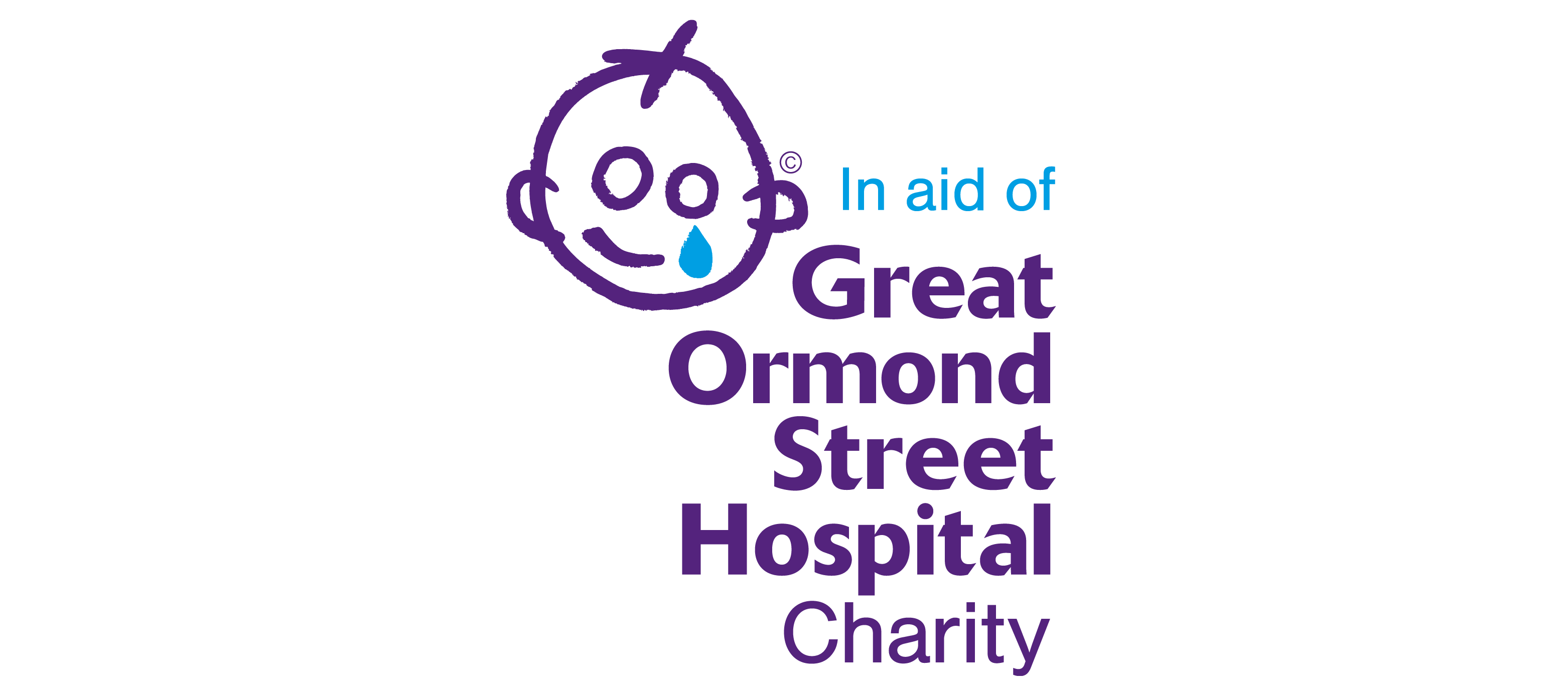

As in the first phase, it is the clients’ (well, sometimes designers’) responsibility to provide designers with everything they need to create a logo, it is vice versa in the second phase. On the surface, it may seem like, in the first stage, most of the deciding factors are dependent upon the designers, and later on, it is all in the hands of the client. With this, get your design brief approved by the client or the concerned person, and get started with your logo design knowing that the expectations of your client and yours are in indentation. Share that list with your client and ask them to check the points which are in alignment with their version of objectives concerning the logo design. What are your expectations from this logo design?Ĭreating a list of objectives based on the above-mentioned questions:Īs you have the collated information about the client and their requirements, you can make a list of objectives as per your understanding.Are there any visuals that are associated with your company?.If uncertain, what words would you prefer to be used by your customers for your company? Five words that your customers associate with your business.How do you reach out to your target audience?.Who is your target audience and what do they care about the most?.Would you like the logo to tell a story? If so, provide details of the same.Who are your competitors and how do you stand apart from them?.


Not only will an informative design brief save both designers and clients’ valuable time that is put into endless calls, meetings, and redo requests, but it will also show its worth through the on-point details in the design of the logo.īe that as it may, in the event that your client does not provide you with a clear design brief, here is how you as a designer can create your own design brief: Understanding the client, their company, and everything else in between:Ī quick and easy way to get a design brief regardless of clients is by preparing a questionnaire, sending it to the client for answers, and following up with them in case of any discrepancies.

IMPACT CLIENT LOGO PROFESSIONAL
It could be formal and definite, or it very well may be a casual one-pager depicting the primary segments of the logo design project and the work that will be required in association with the same.Īlso, read: Why Design Briefs Are Crucial to a Professional Creative Professional Detailed Design BriefĪs a designer, I could not possibly highlight enough the importance of beginning a logo design project with an appropriate (or some type of) design brief: a structured document depicting the work that should be done, generally set up by the business or individual appointing the work. Therefore, as a designer, it becomes our responsibility to make sure that the requirements and results are in alignment with each other. In addition to that, most clients are not proficient at designing, nor are they supposed to be familiar with the subtleties of the same. Inevitably, this brings about disarray and undesired and repetitive redesigning efforts. More often than not, logo designers and clients neglect or fall short in discussing requirements and details concerned with the logo. Every logo designer comes across an incident where they have given their best techniques and tools in designing a logo, but the client could not possibly care less. Related: History of Nike Logo They Didn’t Just Do It Fast forward a few years later, the logo: Nike swoosh, is a logo that has given a new meaning to the check mark symbol and is certainly one of the most well-known logos in the world. All the same, Davidson was certain behind the approach and its effectiveness concerning her logo design. However, her client, the founder of the company, Phil Knight, was not a fan of the logo at the time. Carolyn Davidson designed a logo for a budding company which was allegedly a result of structured efforts and seventeen hours.


 0 kommentar(er)
0 kommentar(er)
